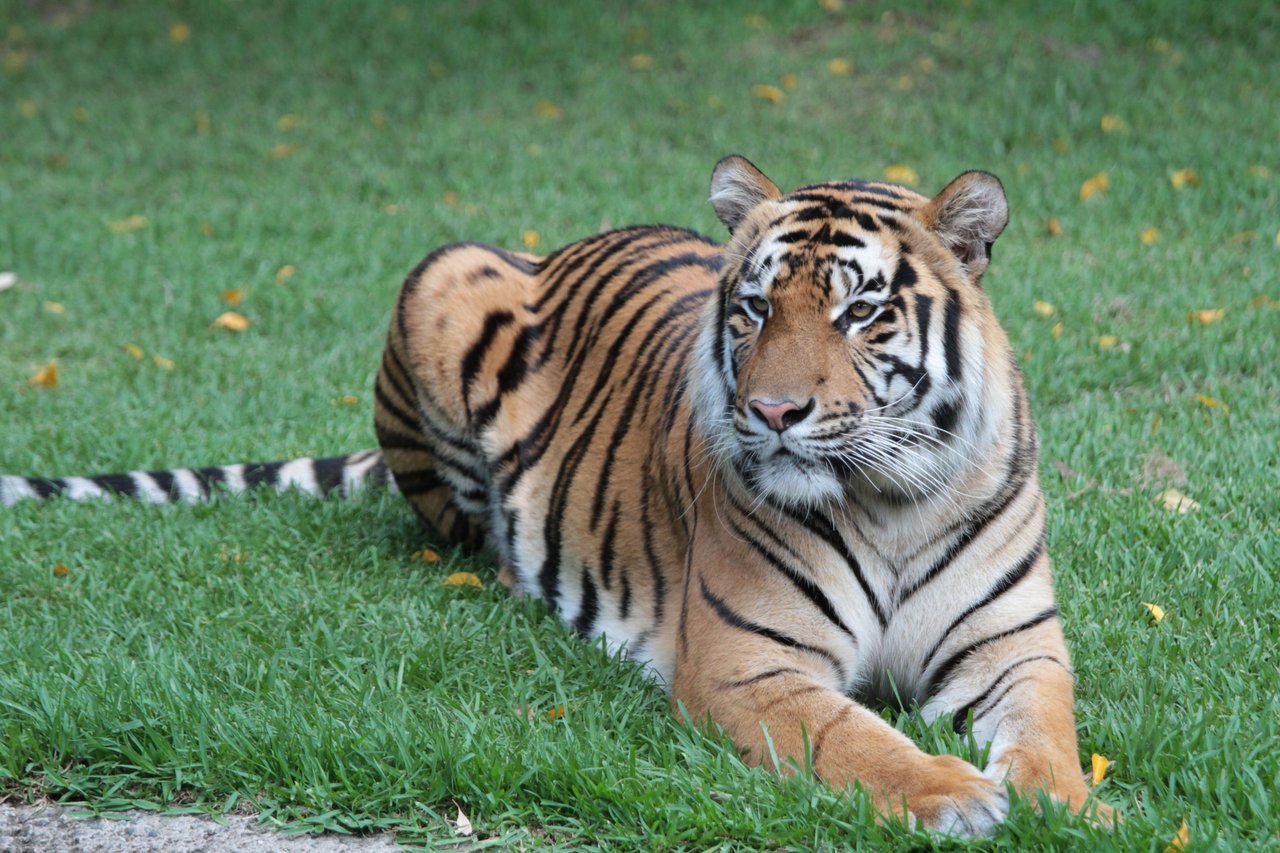Animal facts
Learn more about animals with our interesting and educational facts.

Our educational resources, activities, quizzes, and other materials will develop an understanding of the importance of animals.
Learn more about animals with our interesting and educational facts.
How much do you know about animals? Test your knowledge with our fun quizzes!
Looking for something fun and educational to do with the kids? Check out our animal activities!
Our experts and thought-leaders offer insights and a behind-the-scenes access to our work around the world to protect animals.
Learn more about common animal welfare issues that affect animals in the wild and in our food systems.
Learn about some of the core concepts of animal welfare.
Blog
Animal welfare is a complex and multi-faceted subject with many definitions. Take a deep dive into animal welfare science and why it's critical to improving the lives of animals.
Blog
Animal sentience refers to the capacity of animals to have subjective experiences, thoughts, feelings, and individual personalities.
Blog
The terms “animal rights” and “animal welfare” are often used interchangeably, however, they represent different concepts.
Blog
How can we assess an animal’s welfare? With tools like the Five Freedoms and Five Domains Model we can start to evaluate an animal’s wellbeing.